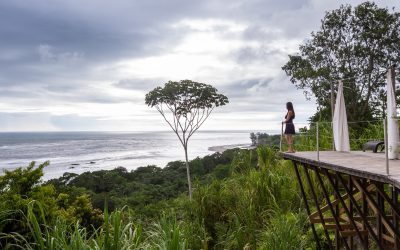
Ensuring Water Flow Allocation in Costa Rica
by Quatro Legal Real Estate Team | Jan. 18, 2025 | Article, Real Estate
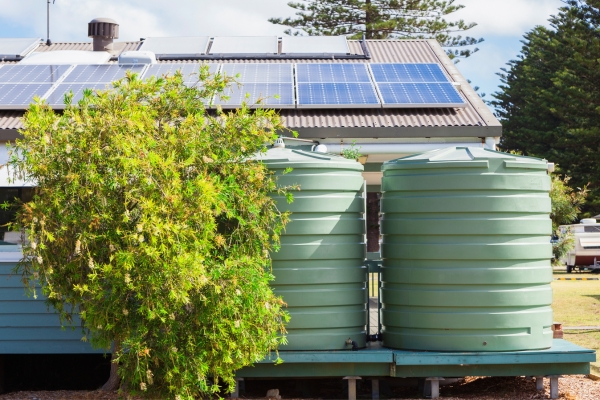
When planning to purchase a property in Costa Rica, one often overlooked yet critical aspect is determining whether the assigned water flow is sufficient and if the water allocation aligns with the property’s intended development. This consideration applies to both vacant lots and already constructed or operating properties.
Ensuring that the water rights granted to the property support your intended use is crucial for securing building permits and avoiding potential legal or regulatory complications with government agencies. Understanding the legal framework and conducting proper due diligence can save you from costly issues down the line.
Water Flow Allocation in Costa Rica: Legal Framework
In Costa Rica, water resource management is overseen by the Instituto Costarricense de Acueductos y Alcantarillados (AyA). In rural areas, water management responsibilities are often delegated to local organizations known as the ASADAS (Asociaciones Administradoras de Sistemas de Acueductos y Alcantarillados Sanitarios).
When these entities have the infrastructure and water flow to provide water service to a specific property, they will issue a type of water letter known as the “carta de disponibilidad de agua” (water availability letter), which confirms:
1. The capability of providing water to a specific property.
2. The volume of water allocated (measured in cubic meters or liters per second).
3. The permitted usage tied to the water service.
When purchasing a property, it is crucial to confirm not only the availability of water (for vacant lots) but also the permitted usage under the water allocation (for both vacant or operating properties). Misaligned usage (e.g., using single-family home water for commercial purposes) could entitle the ASADA/AYA to revoke the water rights. Hence, the due diligence should not only focus on confirming the property has water or could have water (for vacant lots) but also confirm for already built houses or operating establishments that the permitted usage granted by the AyA/ASADA matches with what was built or how the seller has been operating the property.
What is Considered a Single-Family House?
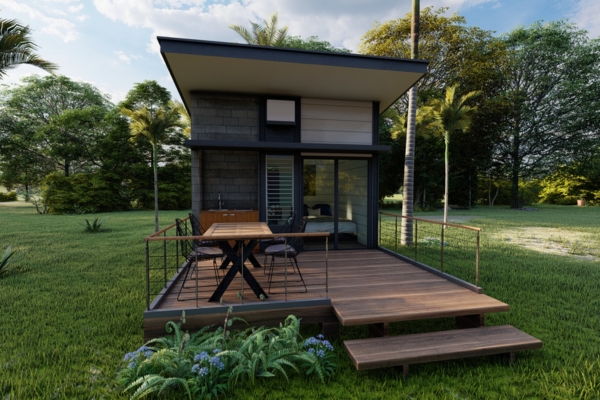
Costa Rican law generally defines a single-family house as a property designed to house one family unit. While there is no single, all-encompassing definition, the concept hinges on the number of families a house can hold rather than the size or the number of rooms.
A single-family house may consist of a main home and an additional structure (e.g., a guesthouse or studio). However, the secondary structure must not include a kitchen or any feature that could classify it as an independent dwelling unit capable of housing another family, as this could alter the property’s classification and violate the terms of its water allocation or zoning designation.
Water Flow Measurement for Single-Family House
According to AyA’s regulation, Norma Técnica para Diseño y Construcción de Sistemas de Abastecimiento de Agua Potable, de Saneamiento y Pluvial, the water allocation for single-family homes is determined based on the property’s location and the expected water consumption for the intended use.

Example with the 50m³ per month (common flow assigned in ASADAS of Santa Cruz, Guanacaste):
1 person in a coastal location typically consumes 11,625 liters per month (approx.).
A family of 4 will consume approximately 46,500 liters per month.
While the regulation uses a baseline of 4 people per household, it acknowledges that larger families may require additional water. However, the critical factor is the intended use of the water service, not necessarily the number of residents.
If the water consumption exceeds the allocated 50 m³, ASADA/AyA may impose a fine or a higher rate. However, as long as the excess usage aligns with the authorized purpose and complies with applicable decrees or rationing measures, if any, this should not result in the revocation of water rights. Ensuring proper usage in line with regulations is key to maintaining water service
What If the Water Flow Is Insufficient?
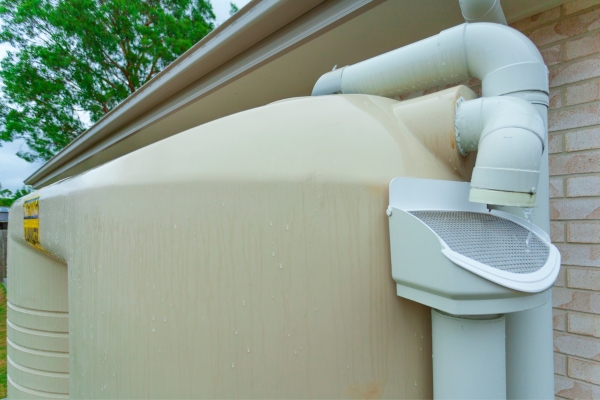
If the allocated water flow is insufficient, you have other options that can be assessed:
1. Request an Increase: Submit a formal request to AyA or the ASADA to increase the assigned water flow. Approval may depend on infrastructure capacity and regional limitations.
2. Explore Alternative Solutions:
a. Install a water storage tank or rainwater harvesting system to supplement the supply.
b. Investigate the feasibility of wells, subject to legal, technical, and environmental regulations.
Can ASADAS/AyA Revoke a Water Letter for Misuse?
Yes. Article 38 of AyA’s Reglamento para la Prestación de Servicios de Acueductos y Alcantarillados allows for the revocation of water rights if the specified use or conditions outlined in the water letter are altered without authorization. Discrepancies are found between submitted documentation and the actual development on-site.
This underscores the importance of adhering strictly to the terms of your water availability letter and seeking formal approval for any changes in use.
Understanding water flow allocation is a critical aspect of the real estate and property development process in Costa Rica. Ensuring that the water availability and permitted usage align with your intended plans is essential for legal compliance, obtaining permits, and guaranteeing the long-term sustainability of your project.
This is why conducting a thorough Due Diligence is invaluable. As part of the process, the water allocation documentation is reviewed to verify compliance with intended use and identify potential issues. Due Diligence ensures that any misalignment is detected early, allowing you to explore alternative solutions like identifying a more suitable property or assessing the feasibility of supplementary options, such as drilling a well.
By integrating water flow verification into the Due Diligence process, you not only avoid legal and operational complications but also secure the foundation for a successful and compliant project.
Let our expert team guide you through this critical step to safeguard your investment and ensure peace of mind. Reach out to us at sam@quatro.legal.
Disclaimer: The information provided in this blog post is for general informational purposes only and is not intended to constitute legal advice. While we strive to ensure the accuracy and timeliness of the content, laws and regulations are subject to change. For the most accurate and up-to-date information, please contact our office directly. Some images may be AI generated.
Get To Know Quatro Legal

We’re bringing empathy and excellence back to legal counseling. Quatro Legal is built on a bedrock of kindness, a passion for service, and a commitment to guiding you through your legal challenges with ease.
OUR SERVICES
EXPLORE BY
category
REAL
ESTATE
CORPORATE
COSTA RICA
LIFESTYLE
LABOR & EMPLOYMENT
CLIENT
TESTIMONIALS
FREE TRADE
REGIME
All Rights Reserved 2023 | Privacy











